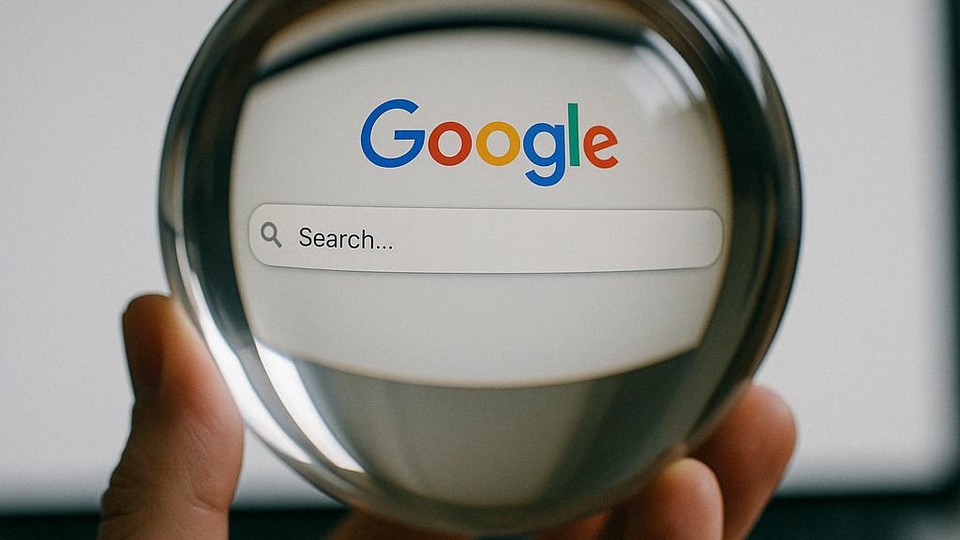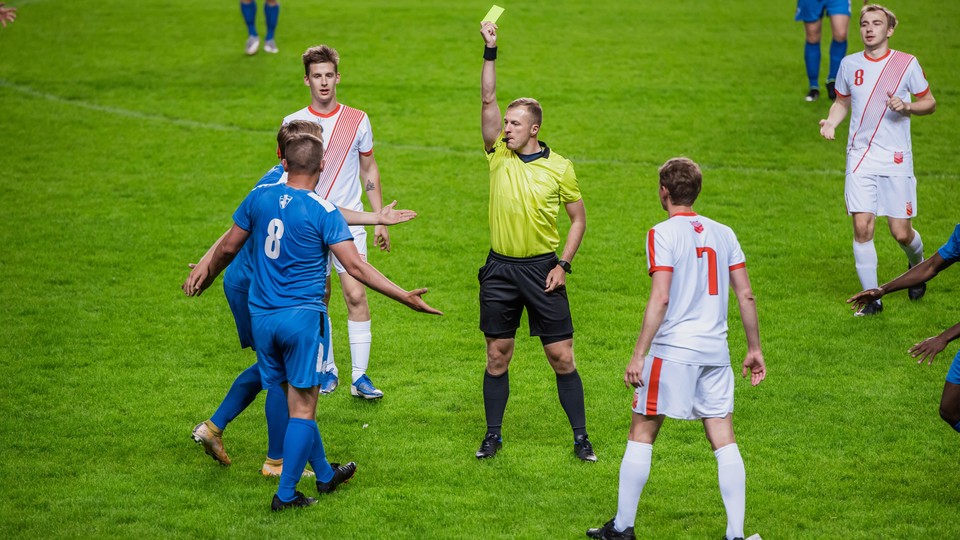Mary Gibbs Jones Professor of Management and Psychology – Organizational Behavior

Diverse Teams Inspire Low-Power Employees To Be More Creative
Low-power employees in diverse teams produce ideas with greater novelty and utility — even long after their team experience.
Based on research by Jing Zhou, Inga J. Hoever (Erasmus University Rotterdam), Nathan E. Betancourt (University of Amsterdam) and Guoquan Chen (Tsinghua University)
“Diversity creates a context where inspiration is built in,” Zhou says. “And that, as a result, encourages creativity.”
Key findings:
- Low-power employees in highly diverse groups produce more creative publications, scoring higher in novelty and utility compared to their less diverse counterparts.
- The study of Manhattan Project scientists showed that the positive impact of educational diversity persisted beyond the project itself.
- For high-power employees, team diversity had little impact on creativity; their creative output remained relatively stable regardless of team composition.
Why do some employees hesitate to share bold ideas while others take creative risks? New research shows that the answer isn’t just about talent — it’s about team dynamics. Employees with less power are more likely to innovate when they work in diverse teams, where a variety of perspectives inspire them and spark creative thinking.
Creativity does not occur in a vacuum. Innovative ideas are an inherently social phenomenon that grow out of an organization’s culture and the relationships of the people working within it. But in any organization, power is distributed unequally, and that affects how creative people can be.
How Team Diversity Inspires Creativity
By their very definition, creative ideas don’t conform to current norms. Employees are less creative when they feel pressure to conform at work. Those with little power are more cautious, playing it safe to avoid losing their standing, while those with more power feel confident enough to take bold, creative risks.
An employee’s power and status might shield them from the pressure to conform, but that’s not the whole story. According to a new study by researchers including Jing Zhou (Rice Business), diversity can ignite creativity, especially for employees with lower levels of workplace power.
“Diversity can promote creativity evoking an awareness of new ideas and different ways of understanding the world,” Zhou says. “Diversity creates a context where inspiration is built in — and that, as a result, encourages creativity.”
In their work published in the prestigious journal Organizational Behavior and Human Decision Processes, Zhou et al. conduct three rigorous studies across different contexts, examining employee diversity in terms of nationality, cognition and education. The convergence of findings from these varied settings strengthens the validity and generalizability of the research.
A Case Study: The Manhattan Project
To analyze the impact of educational diversity, for example, the research team analyzed the publications of scientists who worked on the Manhattan Project, a secret nuclear weapons research and development program led by the U.S. Army Corps of Engineers during World War II. The Manhattan Project took place from 1943-47, and at its peak, employed nearly 130,000 people at more than 30 top-secret sites across the United States and Canada.
Unlocking the power of the atomic bomb was anything but simple and executing such a large and complex project required diverse expertise. Manhattan Project leadership was able to convene that expertise by seeking out leading researchers in chemistry, metallurgy, physics, engineering and other relevant disciplines.
The Manhattan Project maintained detailed records, and Zhou’s research team analyzed archival data on approximately 300 scientists who worked at the Los Alamos site. For 90 of them, there was complete data about the diversity of educational backgrounds in the division for which they worked, and Zhou’s research zeroed in on this group of scientists.
A scientist’s level of power was classified based on whether they had a leadership role in their division, had been the head of their research group or were simply a member of the team. And more than 3,000 academic publications by these scientists were given a creativity score based on their novelty and utility.
To quantify the effect of the Manhattan Project on creativity, the study looked at the scientists’ publications in the decade before the project began and the decade after it ended. For scientists who had leadership roles, there was little to no effect on their creativity. But for those with low levels of power, the effect was pronounced.
When a scientist had a low level of power and worked in a group with a low level of educational diversity, creativity was negatively affected. But when a researcher’s level of power was low and the researchers in their group came from a greater variety of educational backgrounds, creativity increased.
Put another way, members of research groups that were more diverse during the Manhattan Project were still demonstrating heightened levels of creativity many years later.
“A lot of previous work on the interplay between power and creativity is pretty bleak. It views power only as an impediment to creativity, and even in the flattest of organizational structures, power will be distributed unevenly,” says Zhou. “But our findings point toward ways that managers might tap into the full creative potential of their team. Diversity can be a source of inspiration and expose people to new ideas and different ways of approaching a problem. Employees with low levels of power are the ones whose creativity benefits the most from it.”
Hoever, Betancourt, Chen, and Zhou. “How others light the creative spark: Low power accentuates the benefits of diversity for individual inspiration and creativity.” Organizational Behavior and Human Decision Processes 176 (2023): Article 104248. https://doi.org/10.1016/j.obhdp.2023.104248
Mary Gibbs Jones Professor of Management and Psychology – Organizational Behavior
Never Miss A Story



